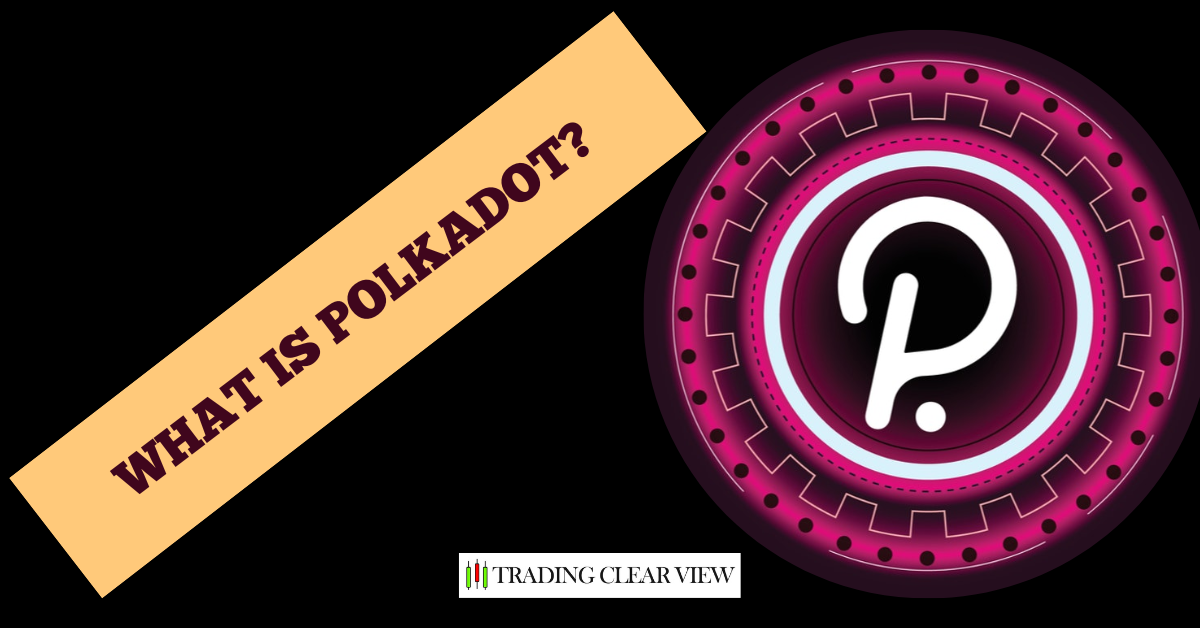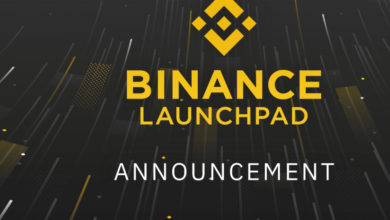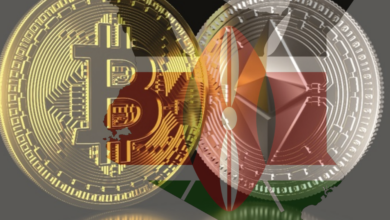What is Polkadot?

Polkadot is a next-generation blockchain network designed to overcome some of the limitations of existing blockchain networks. It was created by Dr. Gavin Wood, who was one of the co-founders of Ethereum.
Polkadot is a sharded, multi-chain network that allows different blockchains to communicate with each other. This is achieved through the use of “parachains”, which are independent blockchains that run in parallel to the main Polkadot chain. Parachains can be customized for specific use cases, and can interact with other parachains as well as with external networks.
The Polkadot network also includes a governance mechanism that allows holders of its native cryptocurrency, DOT, to vote on changes to the network’s protocol. This allows for more democratic decision-making and ensures that the network can evolve over time to meet the needs of its users.
Overall, Polkadot aims to provide a more flexible, scalable, and interoperable blockchain network that can support a wide range of applications and use cases.
What is Parachains in polkadot ecosystem?
Parachains are a key feature of the Polkadot network that allow for the creation of multiple independent blockchains that can run in parallel to the main Polkadot chain. Parachains are designed to be customizable and can be optimized for specific use cases, allowing for greater flexibility and scalability compared to traditional blockchain networks.
Parachains are connected to the Polkadot network through a set of “collators” that gather transactions from users and validate them. These collators then produce blocks, which are verified by a set of “validators” who are elected by the network’s token holders. Validators ensure that the parachain is secure and that its transactions are properly validated before being added to the Polkadot relay chain.
Parachains allow for the creation of specialized blockchains that can be customized for specific applications, such as DeFi, gaming, or supply chain management. Parachains can also communicate with each other, allowing for cross-chain interoperability and collaboration.
The allocation of parachains on the Polkadot network is done through a “parachain slot auction” process, where projects compete for the right to operate a parachain. This process is designed to ensure that only the most promising and useful projects are able to operate on the network, while also providing a fair and transparent mechanism for allocating resources.
Overall, parachains are a key component of the Polkadot ecosystem, allowing for greater flexibility and scalability compared to traditional blockchain networks. They are an important tool for building the next generation of blockchain applications and use cases.

Polkadot Road Map
The Polkadot network has a detailed roadmap that outlines its plans for future development. Here are some of the key milestones and features that are planned:
- Mainnet launch – Polkadot’s mainnet launched in May 2020.
- Parachain roll-out – The first phase of the parachain roll-out is expected to begin in Q1 2022. This will involve a set of parachains being added to the Polkadot network, with more added over time.
- Smart contract support – Polkadot is planning to add support for smart contracts, allowing developers to build more complex applications on the network. This is expected to be implemented in 2022.
- Governance improvements – The Polkadot team is planning to make improvements to the network’s governance mechanism, including the introduction of a council of elected representatives who can make decisions on behalf of token holders.
- Interoperability with other networks – Polkadot is working on improving its interoperability with other blockchain networks, allowing for seamless transfer of assets and data between different networks.
- Security and scalability improvements – Polkadot is planning to improve the security and scalability of the network through various technical upgrades, such as the introduction of Nominated Proof-of-Stake (NPoS) and sharding.
- Ecosystem growth – Polkadot is aiming to grow its developer and user ecosystem, with a focus on building out use cases and applications for the network.
Overall, Polkadot’s roadmap is focused on building a more flexible, scalable, and interoperable blockchain network that can support a wide range of applications and use cases.
Future of Polkadot
The future of Polkadot looks promising, as the network has already demonstrated significant potential and has a strong roadmap for future development. Here are some of the potential developments and trends that may shape the future of Polkadot:
- Increased adoption: Polkadot has already gained significant adoption and interest from both developers and users. As more projects and applications are built on the network, we can expect to see increased usage and adoption.
- Growing ecosystem: Polkadot’s ecosystem is growing rapidly, with new projects and applications being built on the network. This includes both DeFi and non-financial applications, which are helping to diversify the network’s use cases.
- Interoperability: One of Polkadot’s key strengths is its interoperability with other blockchain networks. As more networks become connected to Polkadot, we can expect to see increased cross-chain interoperability and collaboration between different networks.
- Technical improvements: Polkadot’s technical team is constantly working on improving the network’s performance and functionality. This includes improvements to scalability, security, and governance, as well as the addition of new features and functionality.
- Increasing competition: While Polkadot is one of the leading blockchain networks, there is increasing competition from other networks. As a result, Polkadot will need to continue innovating and improving in order to maintain its position as a leading blockchain network.
Overall, the future of Polkadot looks bright, as the network continues to innovate and improve, and as more developers and users adopt and build on the platform. As the blockchain industry continues to mature and evolve, Polkadot is well-positioned to play a leading role in the development of the next generation of blockchain applications and use cases.




